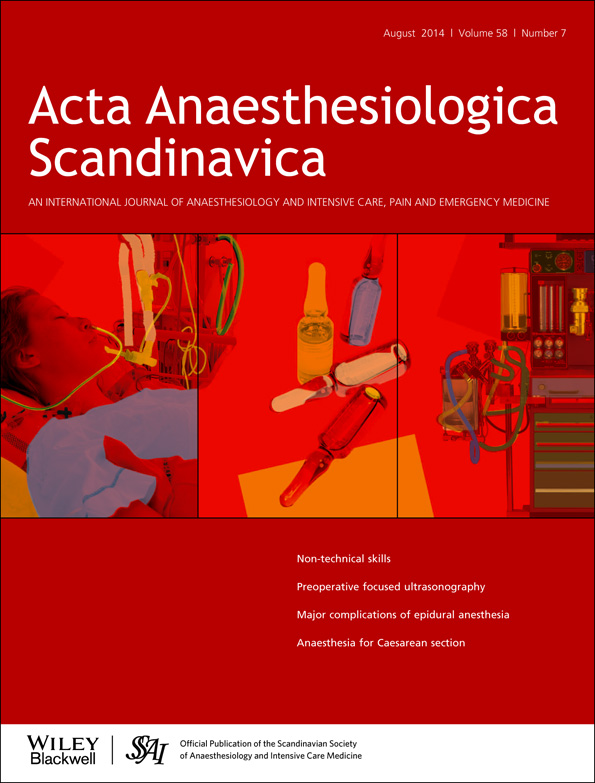Routine pre-operative focused ultrasonography by anesthesiologists in patients undergoing urgent surgical procedures
Abstract
Background
Unexpected cardiopulmonary complications are well described during surgery and anesthesia. Pre-operative evaluation by focused cardiopulmonary ultrasonography may prevent such mishaps. The aim of this study was to determine the frequency of unexpected cardiopulmonary pathology with focused ultrasonography in patients undergoing urgent surgical procedures.
Methods
We performed pre-operative focused cardiopulmonary ultrasonography in patients aged 18 years or above undergoing urgent surgical procedures at pre-defined study days. Known and unexpected cardiopulmonary pathology was recorded, and subsequent changes in the anesthesia technique or supportive actions were registered.
Results
A total of 112 patients scheduled for urgent surgical procedures were included. Their mean age (standard deviation) was 62 (21) years. Of these patients, 24% were American Society of Anesthesiologists (ASA) class 1, 39% were ASA class 2, 32% were ASA class 3, and 4% were ASA class 4. Unexpected cardiopulmonary pathology was disclosed in 27% [95% confidence interval (CI) 19–36] of the patients and led to a change in anesthesia technique or supportive actions in 43% (95% CI 25–63) of these. Unexpected pathology leading to changes in anesthesia technique or supportive actions was only disclosed in a group of patients above the age of 60 years and/or in ASA class ≥ 3.
Conclusion
Focused cardiopulmonary ultrasonography disclosed unexpected pathology in patients undergoing urgent surgical procedures and induced changes in the anesthesia technique or supportive actions. Pre-operative focused ultrasonography seems feasible in patients above 60 year and/or with physical limitations but not in young, healthy individuals.




